Natural Composting : 5 Simple Steps to Start and Transform Your Daily Life
🌱 Introduction : Why Natural Composting is a Game-Changer for Home Gardeners
Natural composting is one of the easiest and most effective ways to improve your soil and reduce waste at home. Whether you’re growing herbs on your balcony or cultivating a lush backyard garden, natural composting brings your garden to life without chemicals, machines, or expensive products.
More and more people are embracing gardening from home using organic, homemade compost. Why? Because natural composting is simple, eco-friendly, and cost-effective.
This guide will walk you through everything you need to know how to make compost, how to use it, and how natural composting can transform your entire gardening experience.
In this article, you’ll find :
I. What is Natural Composting ?
Natural composting is the process of using organic matter like food scraps, grass clippings, and dry leaves to create nutrient-rich compost without synthetic additives or machines. It’s nature’s way of recycling, and it works just as well on a small balcony as in a large garden.
The key to natural composting is balance :
- Greens (wet, nitrogen-rich) like vegetable peels and coffee grounds
- Browns (dry, carbon-rich) like shredded paper and dry leaves
With the right mix and a little patience, this combination breaks down into compost—often called “black gold”—that feeds your plants and enriches your soil.
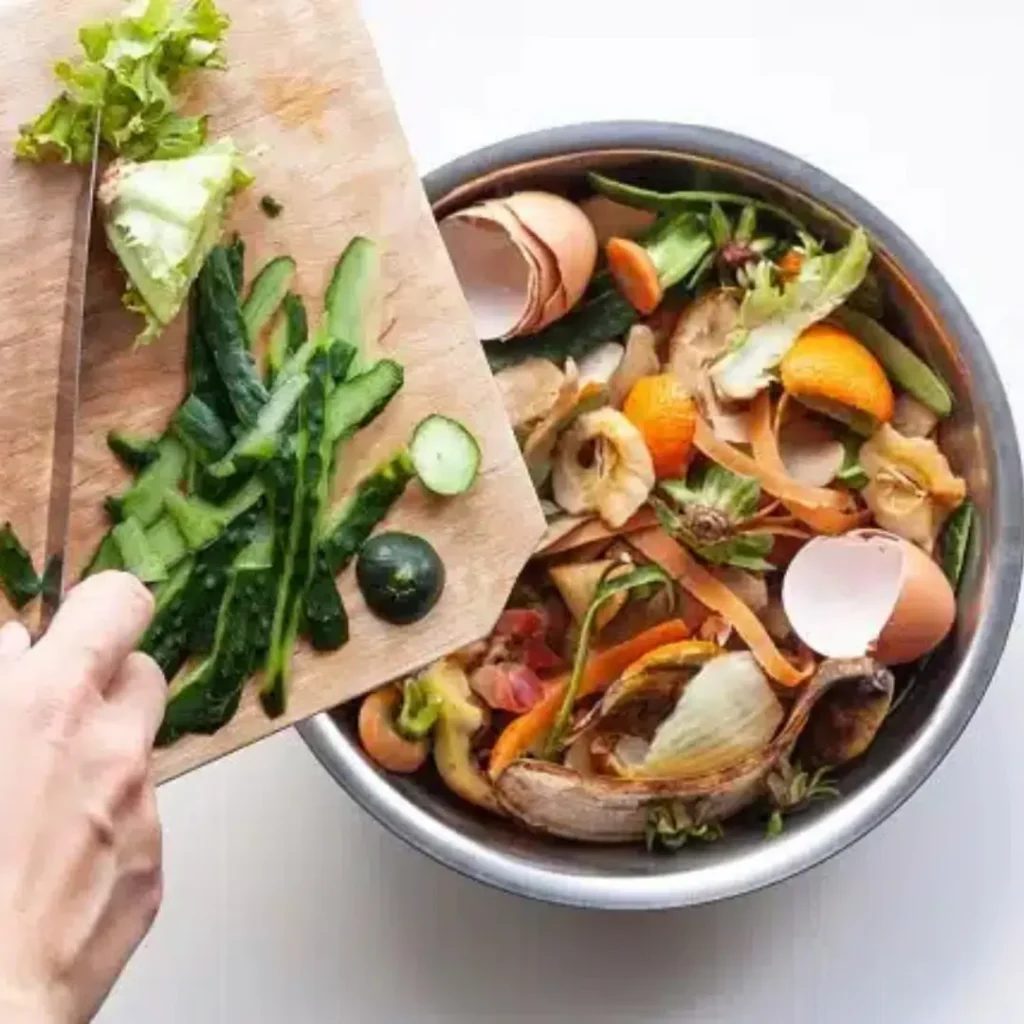
II. How to Make Compost Naturally at Home : Simple Steps for Success
If you’re wondering how to make compost at home without any fancy tools, you’re in luck. Natural composting doesn’t require much just a good location, the right ingredients, and some regular care.
Step 1 : Set Up Your Spot
- Choose a corner of your yard, balcony, or even under your sink (with a worm bin).
- Use an open pile, compost bin, or repurposed container.
Step 2 : Collect Materials
- Greens: veggie scraps, tea bags, fruit peels, fresh grass
- Browns: cardboard, dry leaves, newspaper, egg cartons
Tip : Avoid meat, dairy, oily food, and anything treated with chemicals.
Step 3 : Build Your Compost Layers
Layer browns and greens in a 2:1 ratio. Browns provide structure and airflow, while greens add moisture and nitrogen.
Step 4 : Keep it Moist and Turn Often
- Your pile should feel like a damp sponge.
- Turn it every week or two with a garden fork or shovel to speed up decomposition.
Step 5 : Wait and Use
Natural composting typically takes 2 to 6 months, depending on weather, materials, and turning frequency.
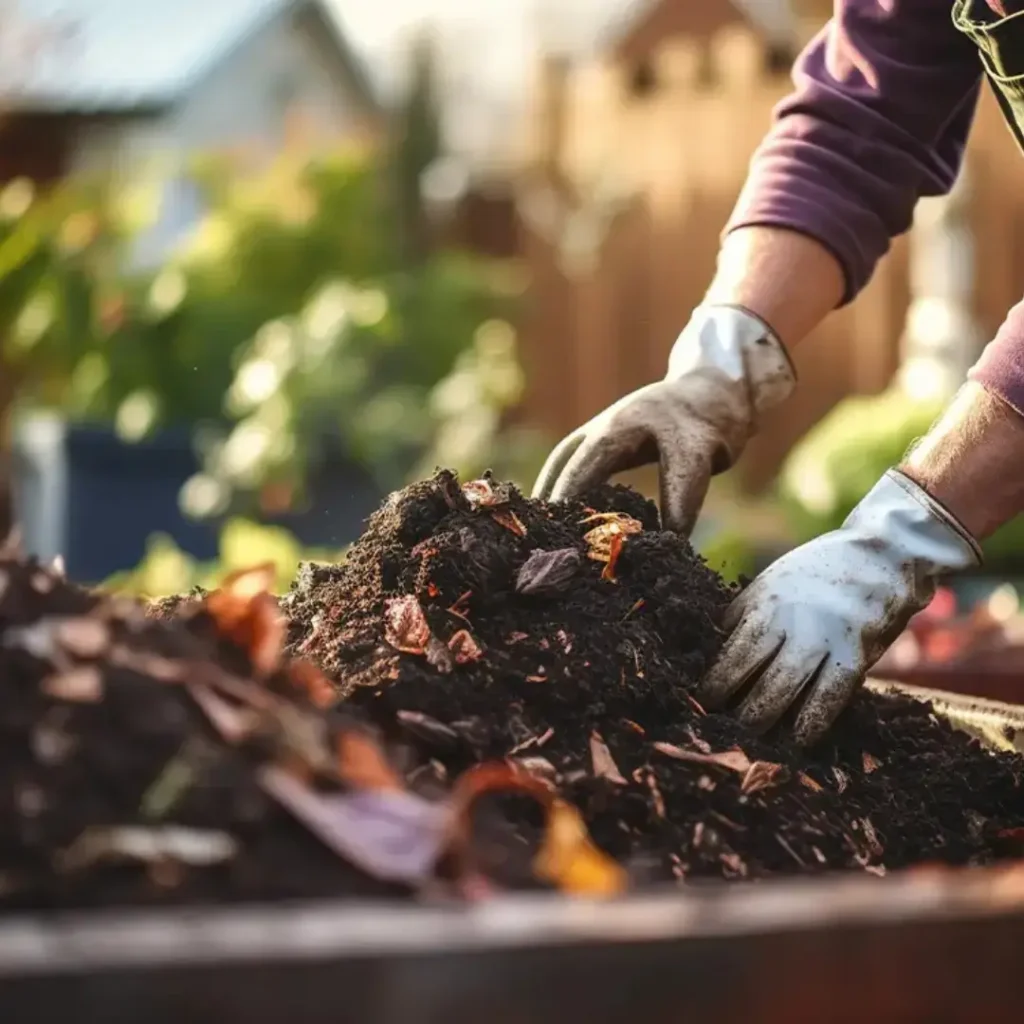
III. Common Problems in Natural Composting and Easy Fixes
Even natural composting can go wrong if the balance is off. Here’s how to spot and fix the most common issues:
1. Bad Smells ?
- Likely too many greens or not enough air.
- Fix it: Add dry browns and turn the pile.
2. Too Dry ?
- Compost needs more green, moist scraps.
- Fix it: Mist lightly with water during dry spells.
3. Pests or Flies ?
- Caused by exposed food scraps or meat/dairy.
- Fix it: Bury scraps under browns and avoid problematic waste.
Natural composting is forgiving. If you mess up, just rebalance and keep going.
IV. No Garden ? No Problem. Natural Composting Indoors and in Small Spaces
Gardening from home doesn’t require a yard. Urban dwellers can compost naturally with creative setups.
Indoor Composting Options :
- Worm bins: Keep red wigglers in a ventilated box under the sink.
- Bokashi system: A fermentation method perfect for apartments.
- Compost tumbler: Compact and sealed for patios or balconies.
Tips :
- Use a charcoal-filtered bin to reduce odors.
- Store scraps in the freezer until composting.
- Add shredded paper to balance moist scraps.
Even in small spaces, natural composting is possible—and rewarding.
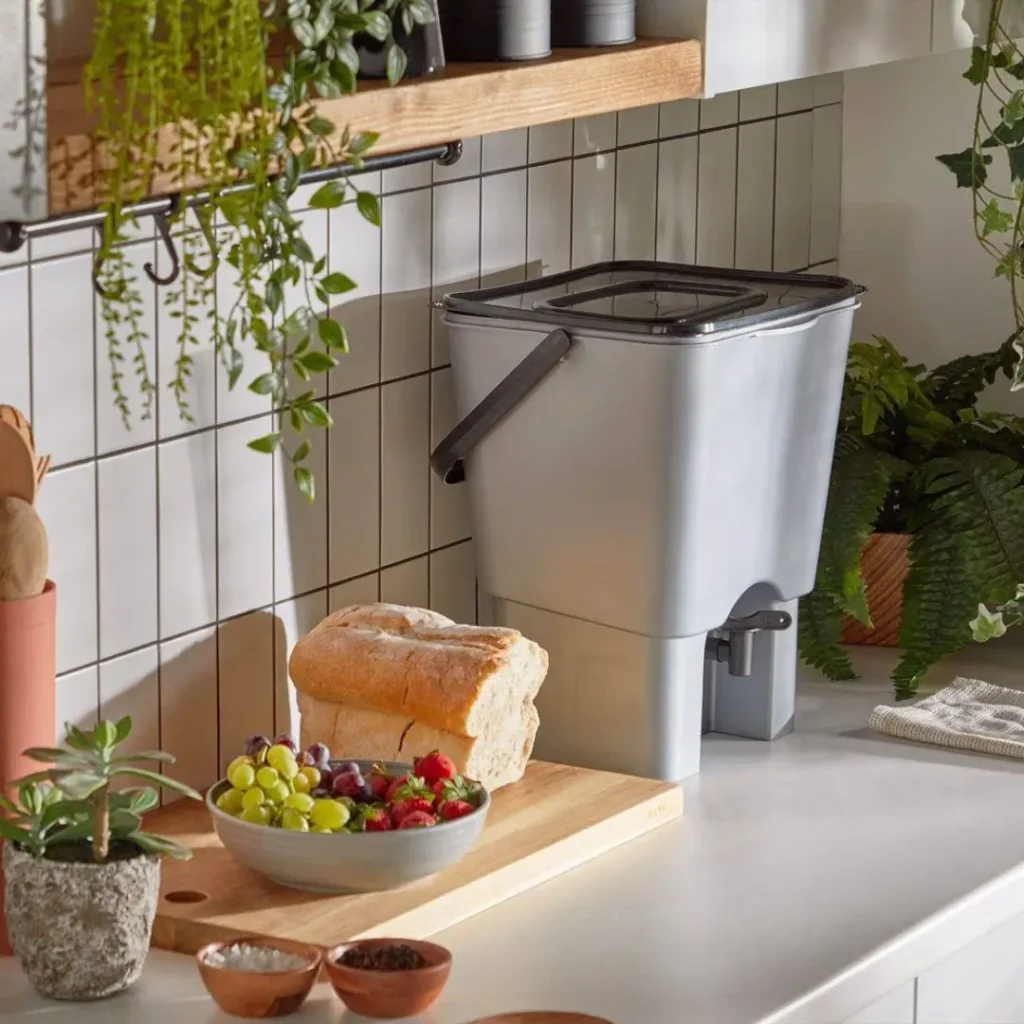
V. How to Add Compost to Garden Beds, Pots, and Lawns :
Once your compost is ready, it’s time to feed your plants.
How to Add Compost to Different Areas:
- Garden beds : Mix 2–3 inches into the topsoil before planting.
- Potted plants : Blend 1 part compost with 2 parts potting mix.
- Lawns : Sprinkle a thin layer over grass and water it in.
Compost can be applied year-round, but spring and fall are ideal. You can also make compost tea to water plants with added nutrients.
Bonus: Compost acts like a sponge retaining water and slowly feeding roots.
VI.🌿 Composting Garden Waste the Natural Way :
To truly embrace composting garden waste, include:
- Pruned branches (shredded)
- Fallen leaves
- Spent vegetable plants
- Weeds (before they seed)
Natural composting recycles all of this back into your soil, improving texture, fertility, and drainage. It’s especially useful in gardening from home, where synthetic fertilizers may not be practical.
Avoid adding diseased plants or invasive weeds.
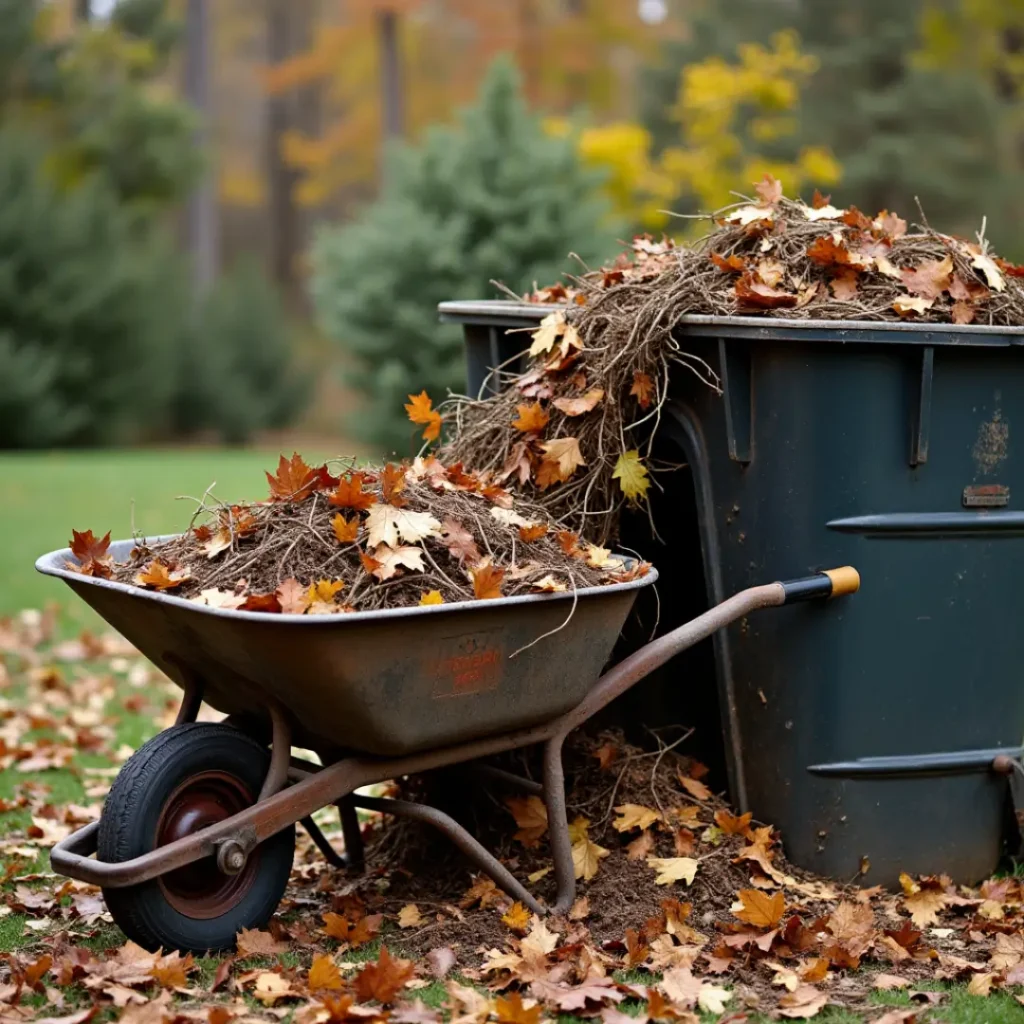
VII. Sheet Composting : An Effortless Way to Improve Soil Right in Place
Sheet composting is a simple, passive method of natural composting where organic materials are layered directly onto the soil surface to decompose over time. Also called lasagna composting, this method is perfect for gardeners who want to enrich their garden beds without turning a pile or using bins.
1. How It Works ?
Instead of creating a compost pile, you build layers right on the soil:
- Start with a brown layer : Lay down cardboard or several sheets of newspaper to suppress weeds and create the base.
- Add green materials : Vegetable scraps, coffee grounds, fresh grass clippings.
- Top with browns : Dry leaves, straw, shredded paper.
- Repeat the layers if needed, ending with a final brown layer.
Water each layer lightly to help decomposition and keep the pile moist.
2. Where to Use Sheet Composting :
- Directly in garden beds in fall or early spring
- Under raised beds before planting
- In new planting areas to improve soil quality
3. Benefits of Sheet Composting :
- No turning required—just layer and leave
- Suppresses weeds naturally
- Improves soil texture and microbial activity
- Ideal for gardening from home with limited time or tools
Give it a few months, and you’ll have nutrient-rich soil ready for planting—without lifting a shovel.
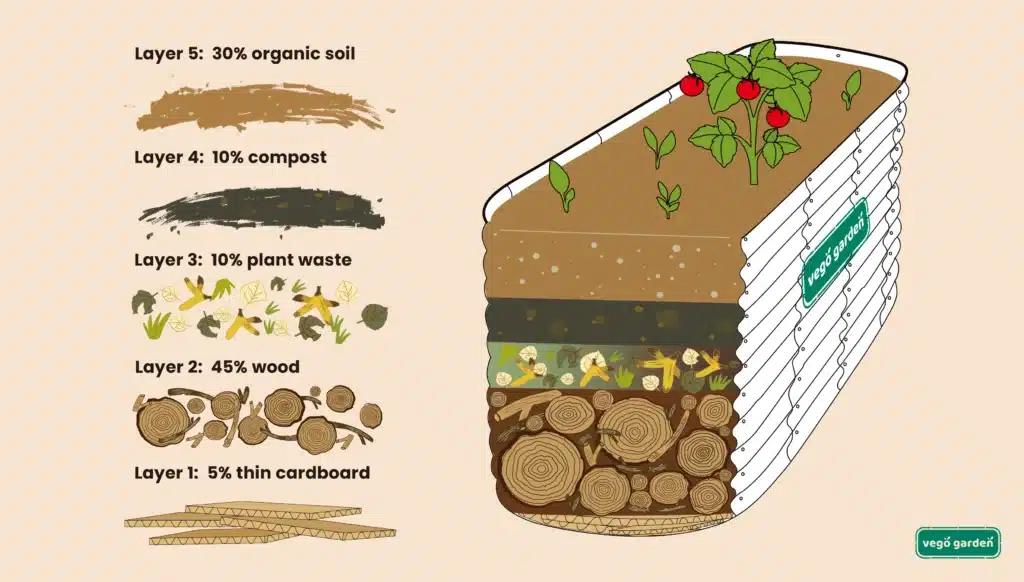
VIII. Comparison of Composting Methods : Pros and Cons
Here’s a quick breakdown of different natural composting methods and their key benefits and limitations:
| Composting Method | Type | Advantages | Disadvantages |
|---|---|---|---|
| Hot Composting | Outdoor | Fast results, kills weed seeds and pathogens | Requires frequent turning and monitoring temp |
| Cold Composting | Outdoor | Low maintenance, beginner-friendly | Slower decomposition, may not kill pathogens |
| Worm Composting | Indoor/Outdoor | Compact, odor-free, fast in small setups | Needs worm care and temperature control |
| Bokashi Composting | Indoor | Handles meat and dairy, very compact | Requires additional burial or composting step |
| Sheet Composting | Outdoor | No turning, weed-suppressing, great for beds | Takes months, not ideal for fast results |
| Tumbler Composting | Indoor/Outdoor | Clean, fast, no pests | Initial cost, limited capacity |
Each method has its place depending on your space, time, and garden goals. Try combining two to maximize your composting potential.
IX. Natural vs Synthetic Composting : Why Going Natural is Better
Here’s why natural composting wins :
| Feature | Natural Composting | Synthetic Fertilizers |
| Cost | Free | Expensive |
| Soil Health | Improves long-term | Short-term boost only |
| Eco-Friendly | Yes | No (pollution risk) |
| Ease | Beginner-friendly | Requires precise use |
Natural composting brings lasting benefits to the soil, plants, and even pollinators.

X. What Finished Compost Looks Like and How to Store It :
Good compost is dark, fluffy, and smells earthy. You can sift it with a mesh screen or use it as-is. It should be free of large chunks, unless you plan to mulch.
Storage Tips :
- Store in a lidded container or bag.
- Keep in a dry, shady place.
- Use within 3–6 months for best results.
Natural composting provides a renewable, trustworthy source of organic fertilizer.
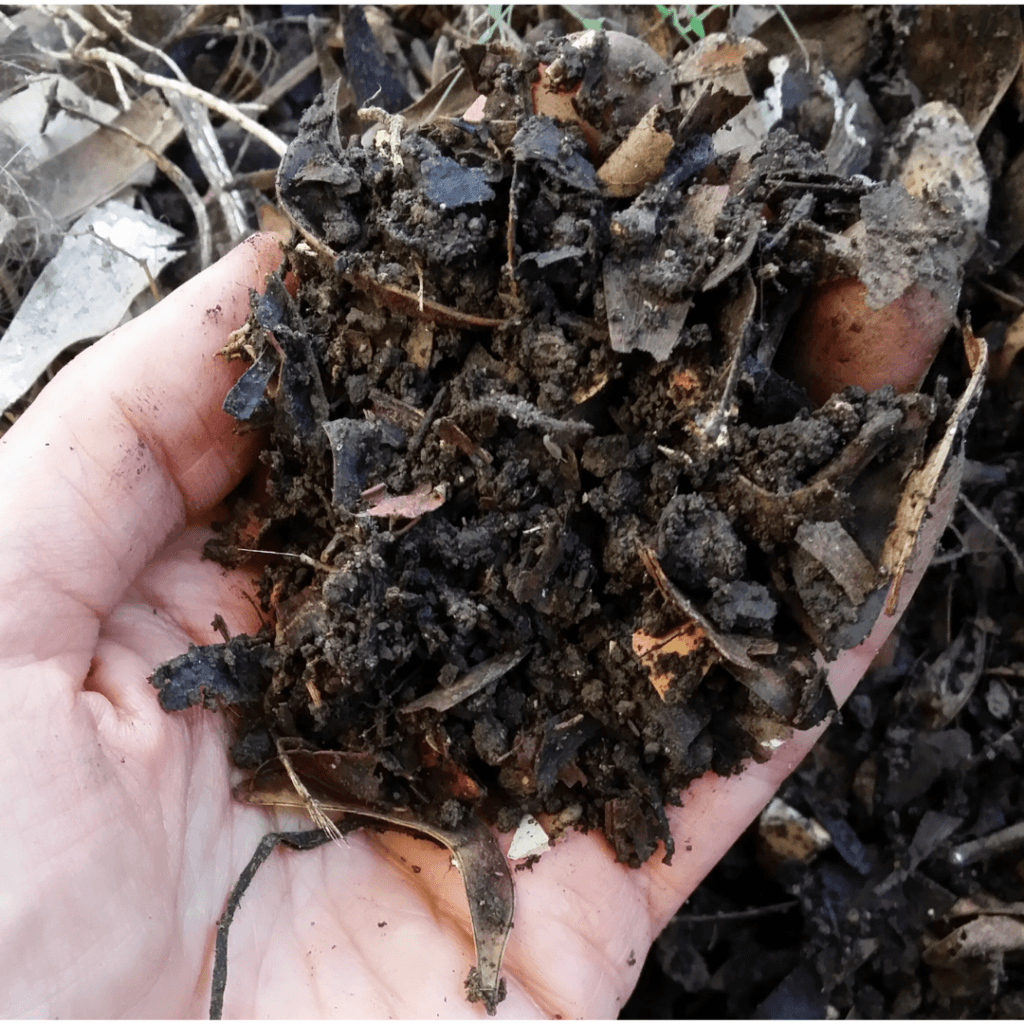
XI. Natural Composting Recipes: Easy Mixes for Better Results :
One of the most common beginner questions: “What should I put in my compost?” These easy natural composting recipes use the right greens-to-browns ratio.
1. Kitchen Scraps Blend (Indoor Composting) :
- 2 cups shredded newspaper/cardboard (browns)
- 1 cup fruit and veggie scraps (greens)
- 1 tbsp used coffee grounds (greens)
- 1 handful dry leaves (optional brown)
2. Garden Trimmings Mix (Outdoor Composting) :
- 2 buckets dry leaves or straw (browns)
- 1 bucket grass clippings (greens)
- 1 cup chopped kitchen waste (greens)
- A shovel of soil or finished compost
3. Coffee & Paper Combo (Balcony Bins) :
- 2 parts shredded paper (browns)
- 1 part used coffee grounds (greens)
- Crushed eggshells (optional calcium boost)
4. Fall Yard Recipe (Seasonal) :
- 3 bags raked leaves (browns)
- 1 bag green garden trimmings (greens)
- 1 cup molasses or compost starter (optional)
- Water to moisten
5. Worm Bin Recipe (Vermicomposting) :
- 1 part shredded cardboard (browns)
- 1 part chopped banana peels and veggie scraps (greens)
- A handful of moist newspaper bedding
- Red wiggler worms
Pro Tip : Chop large items before composting to speed decomposition and prevent clumping.
XII. Final Thoughts : Start Natural Composting Today and Grow from Home
If you’ve made it this far, you’re more than ready to start natural composting. It’s simple, rewarding, and perfect for gardening from home no matter your space or experience.
You’ll turn everyday waste into garden treasure. You’ll cut costs and grow better food. You’ll be part of a more sustainable world.
Start small. Stay consistent. And let your garden thrive naturally.
FaQs :
1. What is the best method for natural composting at home ?
Answer : The best method depends on your space and lifestyle. For outdoor spaces, cold or hot composting is great. For small apartments, worm bins or Bokashi systems are ideal for indoor natural composting.
2. How long does natural composting take ?
Answer : Natural composting takes between 2 to 6 months, depending on the composting method, temperature, materials, and how often you turn the pile.
3. Can I compost in winter ?
Answer : Yes! Composting slows down in colder months, but it continues. Insulate your bin or add more browns and greens to maintain microbial activity.
4. What should I not put in my natural compost pile ?
Answer : Avoid meat, dairy, oily foods, pet waste, diseased plants, and anything treated with chemicals. These can attract pests or harm your compost.
5. How do I know when my compost is ready ?
Answer : Finished compost is dark, crumbly, and smells earthy. You shouldn’t recognize the original materials. It’s ready to use in your garden or pots.
6. Is natural composting safe for vegetables ?
Answer : Absolutely. Natural composting creates nutrient-rich, organic matter that enhances soil and is safe for edible plants when done correctly.
7. What’s the difference between composting and mulching ?
Answer : Composting breaks down organic waste into soil-enriching material. Mulching covers soil to retain moisture and suppress weeds—often using compost as a base.
8. Can I compost without turning the pile ?
Answer : Yes, with methods like sheet composting or cold composting, you can compost passively. Just know it takes longer without aeration.

